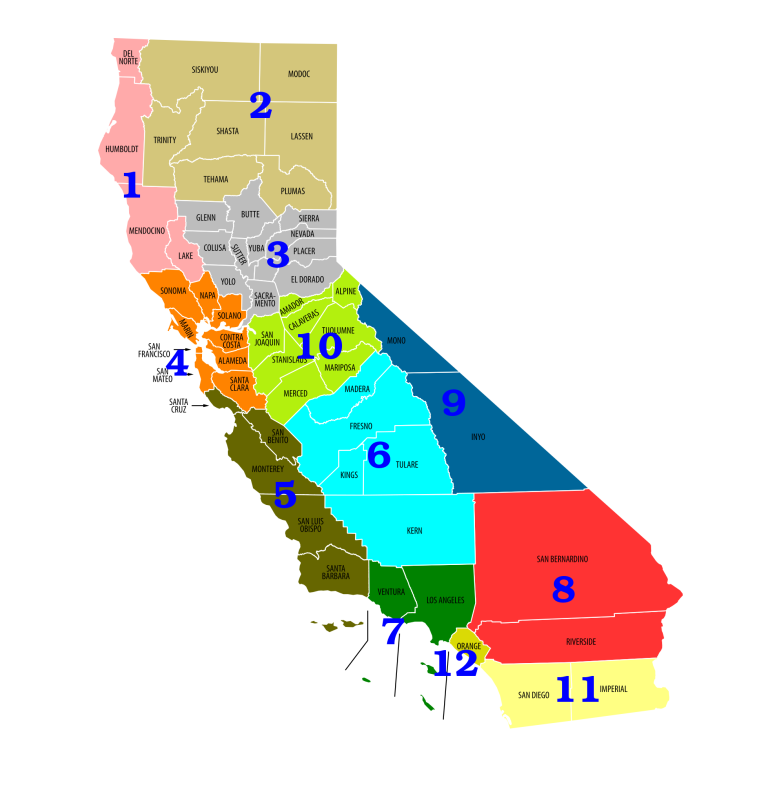Kansas Road Cams: A Guide for Travelers and Commuters
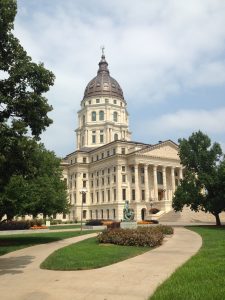
Kansas is a state in the Midwestern region of the United States of America. It is bordered by Nebraska to the north, Missouri to the east, Oklahoma to the south, and Colorado to the west. It covers an area of 82,278 square miles, making it the 15th-largest state by area. As of 2020, it had an estimated population of 2,913,314, ranking 35th in the nation. The state capital is Topeka and the largest city is Wichita. Kansas is named after the Kansas River, which in turn was named after the Kansa Native Americans who lived along its banks.
The road and freeway system of Kansas consists of interstate highways, U.S. routes, state highways, and local roads. The state has 10,536 miles (16,953 km) of public roads, of which 874 miles (1,407 km) are interstate highways[^1^][1]. The major interstate highways in Kansas are I-70, which runs east-west across the state, connecting Kansas City, Topeka, Salina, and Hays; I-35, which runs north-south through the eastern part of the state, linking Kansas City, Emporia, Wichita, and the Oklahoma border; and I-135, which is a spur of I-35 that connects Wichita with Salina. Other interstate highways in Kansas include I-29, I-49, I-335, I-435, I-635, and I-670.
The U.S. routes in Kansas are numbered from 24 to 83, and they generally follow a grid pattern. Some of the major U.S. routes in Kansas are U.S. 36, which parallels I-70 in the northern part of the state; U.S. 50, which crosses the state from east to west, passing through Emporia, Hutchinson, and Dodge City; U.S. 54, which traverses the southern part of the state, connecting El Dorado, Pratt, Liberal, and the Texas border; and U.S. 81, which runs north-south along the central part of the state, joining Concordia, McPherson, and Wellington.
The state highways in Kansas are numbered from 1 to 267, and they serve as connectors between the larger routes and the local roads. The state highways are maintained by the Kansas Department of Transportation (KDOT), which also provides traffic and travel information through various online and offline sources. The local roads in Kansas are under the jurisdiction of the counties, cities, and townships, and they vary in quality and accessibility. The local roads are often used by farmers, ranchers, and tourists to access the rural and scenic areas of the state.
Scenic Drives in Kansas
– Flint Hills National Scenic Byway: This byway follows the K-177 highway for 47.2 miles, passing through the rolling hills and prairies of the Flint Hills region. Along the way, you can enjoy the views of the native tallgrass, the Kansas River, and the historic towns of Council Grove and Cottonwood Falls. You can also visit the Tallgrass Prairie National Preserve, the Kaw Mission State Historic Site, and the Chase County Courthouse.
– Glacial Hills Scenic Byway: This byway runs for 63 miles along the K-7, K-5, and K-92 highways, following the route of the old Pony Express. It traverses the Glacial Hills, which were formed by the movement of glaciers during the Ice Age. You can see the diverse landscape of forests, meadows, lakes, and bluffs, as well as the wildlife and wildflowers that inhabit them. You can also explore the historic sites and attractions of Leavenworth, Atchison, and White Cloud.
– Wetlands and Wildlife National Scenic Byway: This byway covers 77 miles along the K-156 and K-4 highways, connecting two of the most important wetland ecosystems in the world: Cheyenne Bottoms and Quivira National Wildlife Refuge. These wetlands are home to hundreds of species of birds, mammals, reptiles, amphibians, fish, and plants, making them a paradise for nature lovers and wildlife watchers. You can also visit the Kansas Wetlands Education Center, the Barton County Historical Museum, and the Stauth Memorial Museum.
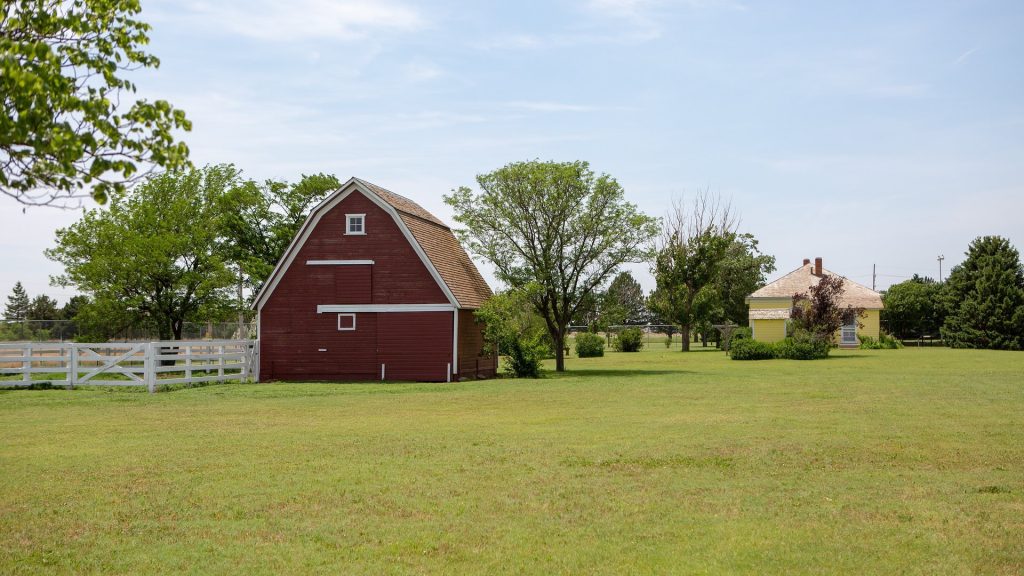
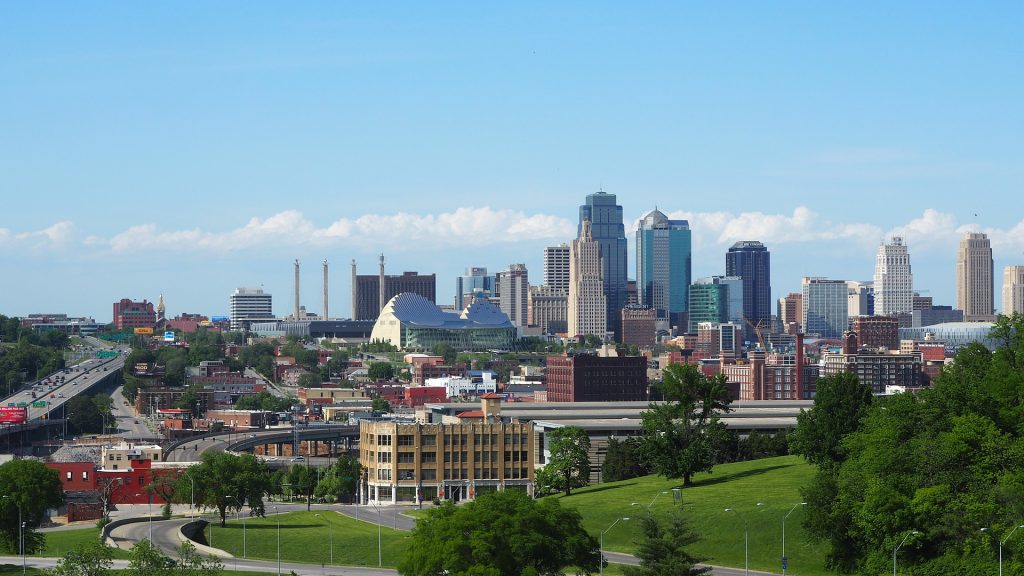
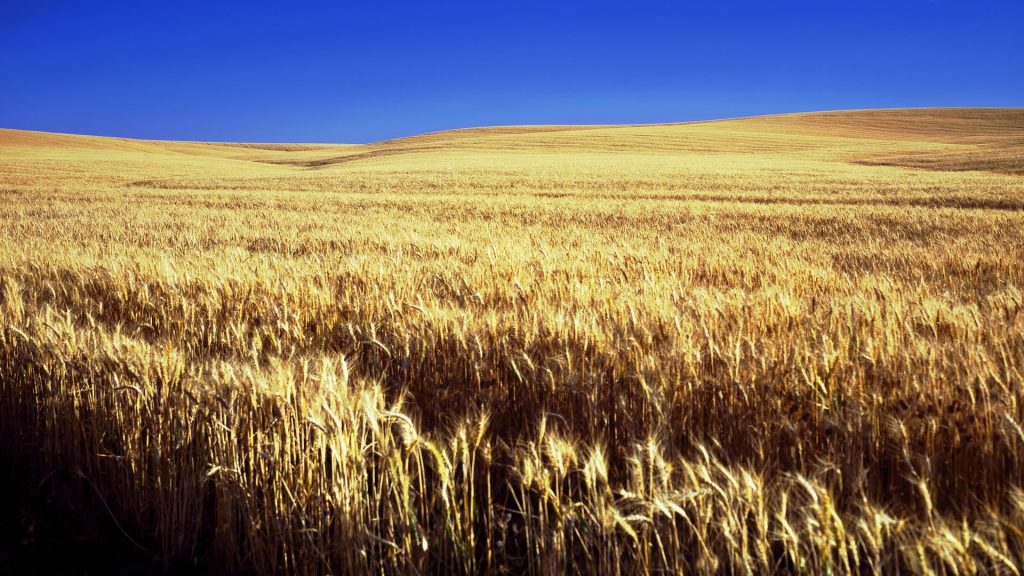
Main Cities in Kansas
– Wichita: the largest and most populous city in Kansas, with 397,532 residents. It is located in south-central Kansas, on the Arkansas River. Wichita is known as the “Air Capital of the World” because of its prominent role in the aviation industry, especially during World War II. Wichita is also home to several museums, parks, and cultural venues, such as the Wichita Art Museum, the Sedgwick County Zoo, and the Old Cowtown Museum.
– Overland Park: the second-largest and second-most populous city in Kansas, with 197,238 residents. It is located in northeastern Kansas, in the Kansas City metropolitan area. Overland Park is a modern and affluent city, with many corporate headquarters, shopping centers, and recreational facilities. Overland Park has 72 parks, including the Arboretum and Botanical Gardens, the Deanna Rose Children’s Farmstead, and the Overland Park Golf Course.
– Kansas City: the third-largest and third-most populous city in Kansas, with 156,607 residents. It is located in northeastern Kansas, on the confluence of the Kansas and Missouri rivers. Kansas City is part of the bi-state Kansas City metropolitan area, which spans across Kansas and Missouri. Kansas City is a diverse and vibrant city, with many attractions related to sports, music, art, and history, such as the Kansas Speedway, the Negro Leagues Baseball Museum, and the National World War I Museum and Memorial.
– Olathe: the fourth-largest and fourth-most populous city in Kansas, with 141,290 residents. It is located in northeastern Kansas, in the Kansas City metropolitan area. Olathe is a fast-growing and prosperous city, with a high quality of life and a strong economy. Olathe has many educational institutions, including the MidAmerica Nazarene University, the Kansas State School for the Deaf, and the Olathe Medical Center. Olathe also has several parks, trails, and historic sites, such as the Ernie Miller Nature Center, the Mahaffie Stagecoach Stop and Farm, and the Oregon Trail Park.
– Topeka: the fifth-largest and fifth-most populous city in Kansas, with 126,587 residents. It is located in northeastern Kansas, on the Kansas River. Topeka is the state capital and the county seat of Shawnee County. Topeka is a center of government, education, and culture, with many landmarks, museums, and festivals, such as the Kansas State Capitol, the Brown v. Board of Education National Historic Site, and the Topeka Zoo and Conservation Center.

